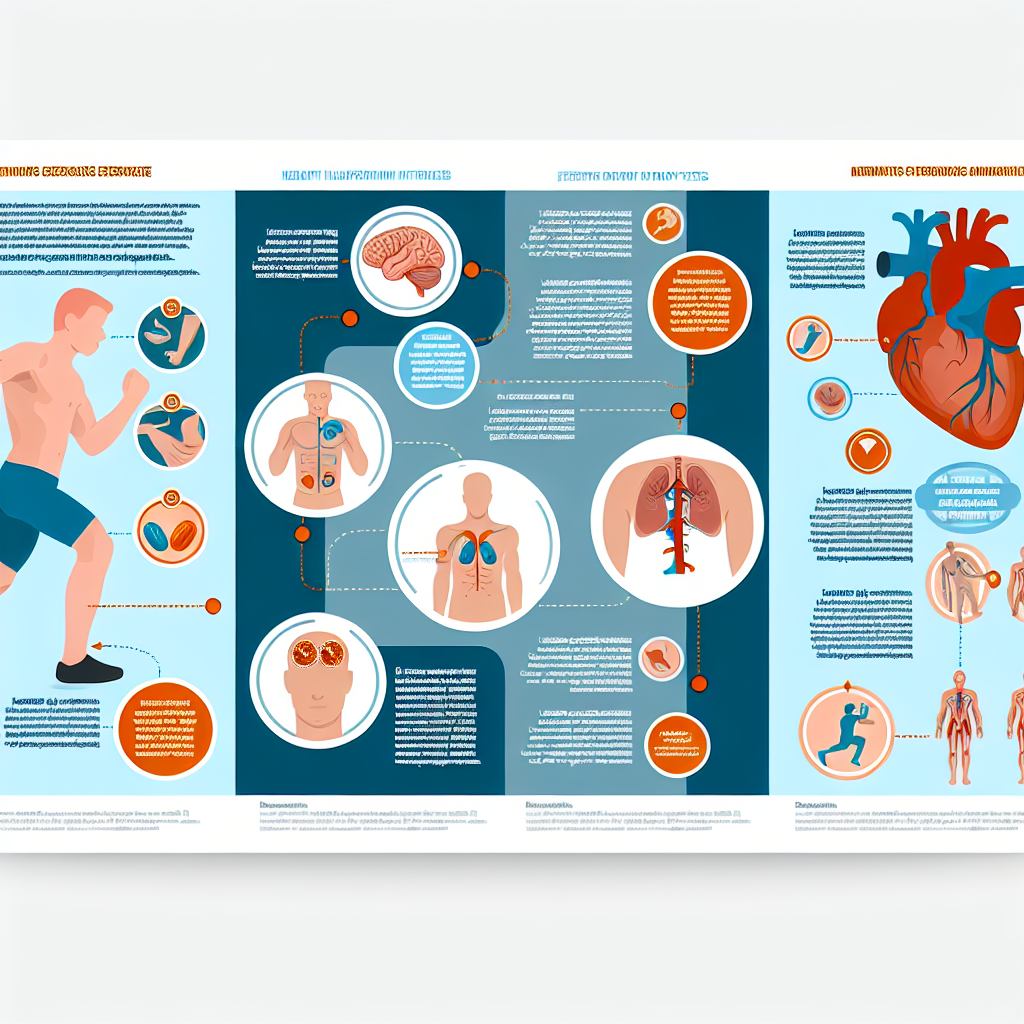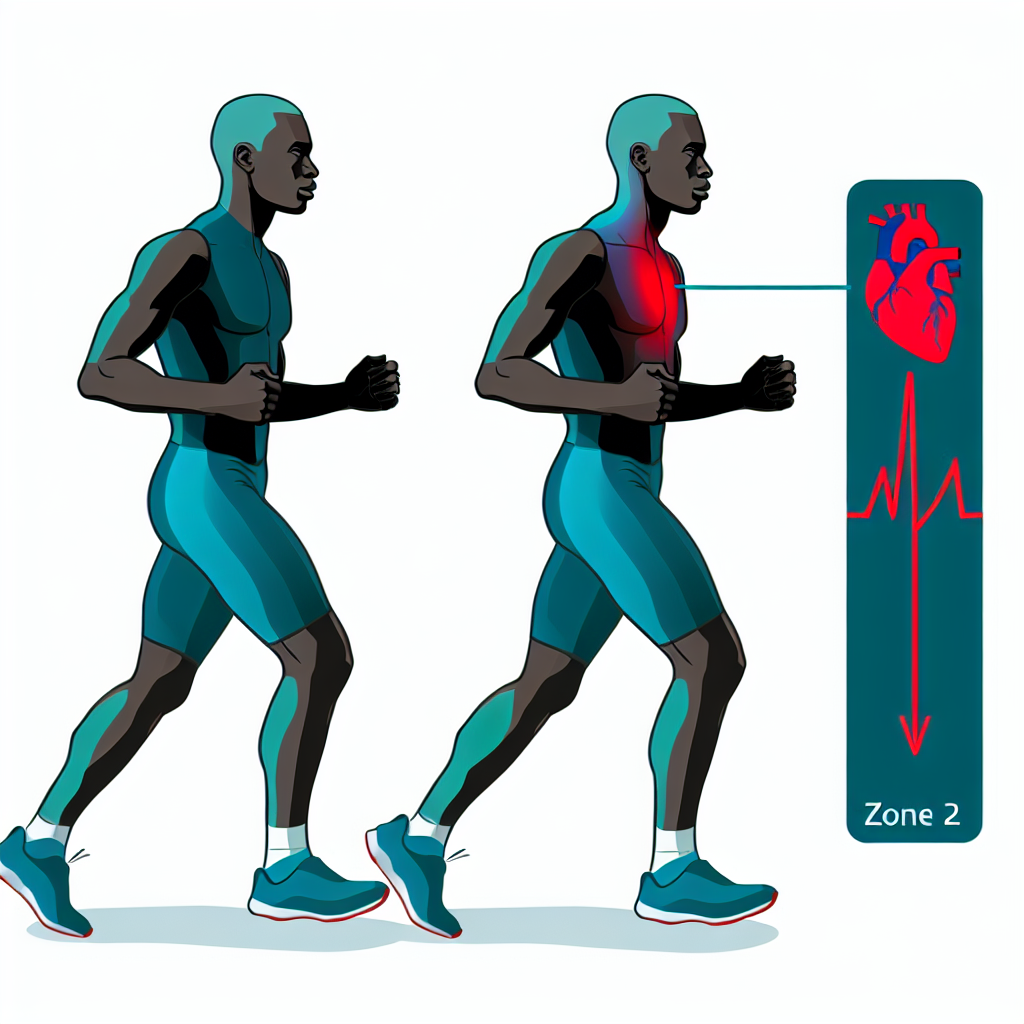The Most Powerful Non-Pharmacological Intervention
Physical exercise reduces all-cause mortality by 20-50% and extends life expectancy by 1.8-8 years, with benefits exceeding many pharmaceutical interventions.
How Exercise Rewires Biology for Longevity

Telomere Maintenance
Exercise maintains telomere length (SMD = 0.59) and enhances telomerase activity (SMD = 0.35) after 16+ weeks of training. High-intensity interval training shows the strongest effects (SMD = 0.66).
Epigenetic Age Reversal
Sedentary middle-aged women experienced a 2-year reduction in epigenetic age after just 8 weeks of combined training, affecting PhenoAge, GrimAge, and DunedinPACE clocks.
Mitochondrial Biogenesis
Exercise triggers mitochondrial biogenesis through AMPK activation and PGC-1α upregulation, increasing mitochondrial density, enzyme content, and quality control through enhanced mitophagy.
Inflammation Reduction
Master athletes show significantly decreased C-reactive protein and IL-6 levels. Long-term aerobic training produces significant CRP reductions, counteracting "inflammaging."
Optimal Exercise Doses for Maximum Longevity
150-300 minutes per week of moderate-intensity aerobic exercise
40-59% VO2 reserve, 64-76% max heart rate (conversational pace)
OR 75-150 minutes per week of vigorous-intensity aerobic exercise
60-89% VO2 reserve, 77-95% max heart rate (can speak only a few words)
2-3 resistance training sessions per week
All major muscle groups, 8-12 repetitions per set
300-600 minutes per week of moderate-intensity aerobic exercise
Life expectancy gain: +4.2-4.5 years
OR 150-300 minutes per week of vigorous-intensity aerobic exercise
28-38% lower cardiovascular mortality
60-90 minutes per week of resistance training at 70-80% 1RM
Maximum benefits at ~60 min/week (27% reduction)
Each 1 MET gain in cardiorespiratory fitness produces a 30% reduction in all-cause mortality among unfit individuals. Elite fitness (≥97.7th percentile) confers an 80% reduction in mortality risk.
VO2max and Longevity
Each 1 mL/kg/min increase in VO2max associates with ~10% reduction in mortality risk. Men with exceptionally high VO2max live almost 5 years longer than those with below-average values.
Resistance Training: Unique Cognitive & Longevity Benefits

1.05
Global Cognition SMD
Large effect size
0.85
Executive Function SMD
Large effect size
Only
Memory Benefits in MCI
Among all modalities
Mechanisms of Cognitive Enhancement
- IGF-1 Elevation: Superior to aerobic exercise, crosses blood-brain barrier, triggers long-term potentiation, promotes neuronal survival
- White Matter Preservation: Reduced cortical white matter atrophy, smaller white matter lesion volumes after 52 weeks
- Cortical Thickness: Increased thickness in posterior cingulate gyrus, temporal pole, and anterior cingulate after 26 weeks
- Neural Efficiency: Decreased brain activation during easy tasks, increased during difficult tasks, faster processing speed
- Neuroinflammation Reduction: Greater IL-6 reduction than aerobic exercise, decreased TNF-α, reduced homocysteine levels
Optimal Protocol for Cognitive Benefits
- • 2-3 sessions per week at 70-80% of one-repetition maximum
- • 6-8 repetitions for 2-3 sets across 8-10 exercises
- • Target all major muscle groups with compound movements
- • Minimum 12 weeks for functional changes, 26-52 weeks for structural changes
- • Progressive overload: increase load by 5-10% when completing target reps with proper form
All-cause mortality reduction
Maximum 27% at ~60 minutes per week
Combined with aerobic exercise
Substantially exceeds either modality alone
Cardiovascular disease mortality reduction
Cancer mortality reduction
Cardiovascular Exercise: Complementary Mechanisms

High-Intensity Interval Training (HIIT)
Produces greater improvements in VO2max than MICT, achieving similar or superior benefits in 50% less time. Typical protocol: 4x4-minute intervals at 85-95% peak heart rate with 3-minute active recovery.
Moderate-Intensity Continuous Training (MICT)
50 minutes at 70% peak heart rate. A 5-year study found no significant difference in all-cause mortality between HIIT and MICT, suggesting volume may matter more than intensity for longevity.
Key Insight
Both HIIT and MICT effectively reduce mortality risk. Choose based on individual preferences, time constraints, baseline fitness, and long-term adherence likelihood. Consistency trumps intensity.
Cardiovascular System
- • Increased cardiac chamber volumes
- • Enhanced stroke volume & cardiac output
- • Lower resting heart rate & blood pressure
- • Improved heart rate variability
- • Increased capillary density
- • Reduced arterial stiffness
Metabolic & Cellular
- • Enhanced insulin sensitivity
- • Improved glycemic control
- • Decreased LDL, increased HDL
- • Reduced visceral adiposity
- • Mitochondrial biogenesis
- • Decreased systemic inflammation
Disease Prevention Benefits
Exercise provides remarkable protection against the leading causes of death. Combine with evidence-based nutrition for synergistic effects:
Evidence-Based Weekly Training Template
Monday: Full-Body Resistance Training
45-60 minutes • Squats/deadlifts, horizontal press/pull, core work • 3 sets x 8-12 reps at 70-80% 1RM
Tuesday: Moderate Aerobic + Balance
30-45 minutes brisk walking/cycling at conversational pace • 15 minutes balance training (65+ years)
Wednesday: Resistance Training (Different Emphasis)
45-60 minutes • Lunges, overhead press, vertical pull, unilateral work • Progressive overload
Thursday: HIIT or Longer Moderate Aerobic
20-30 minutes HIIT (4x4 min at 85-95% HR) OR 45-60 minutes moderate intensity
Friday: Resistance Training + Flexibility
45-60 minutes resistance with exercise variations • 15 minutes dedicated stretching/yoga
Saturday: Tai Chi, Yoga, or Recreational Activity
45-60 minutes • Social engagement, balance, mindfulness, moderate cardiovascular challenge
Sunday: Complete Rest or Very Light Activity
Recovery day • Gentle walking if desired
Progression Guidelines
- Weeks 1-4 (Adaptation): 40-50% 1RM, 2 sets x 10-12 reps, 90-sec rest
- Weeks 5-12 (Progression): 60-70% 1RM, 2-3 sets x 8-10 reps, 90-120 sec rest
- Weeks 13+ (Optimization): 70-80% 1RM, 2-3 sets x 6-8 reps, 2-min rest
- Progression Rule: Increase load by 5-10% when you can complete target reps + 2 additional reps for two consecutive sessions
Age-Specific Modifications
Focus on maintaining muscle mass and aerobic capacity while building foundation for healthy aging. Higher intensities typically well-tolerated. Critical window for establishing lifelong habits.
Multicomponent training essential: combine all four domains. Progressive resistance training critical for sarcopenia prevention (2-3 sessions weekly at 70-80% 1RM). Daily balance training non-negotiable for fall prevention.
Start with balance and resistance training before extensive aerobic work. Supervised programs strongly recommended. Prioritize functional exercises (chair stands, modified squats, ADL movements). Progression in 4-6 week phases.
Risks, Safety, and Important Limitations
Atrial Fibrillation in Endurance Athletes
Veteran endurance athletes show 5-fold greater AFib incidence. Risk increases 16% for every 10 years of endurance exercise (>30 min, 3+ times weekly). Elite athletes: 3-5-fold increased lifetime risk, greatest in males performing >8 hours weekly high-intensity exercise. Optimal preventive volume: 1.5-4 hours weekly moderate exercise for men. Women show no increased risk at any studied volume.
Coronary Artery Calcification
11% higher odds in high-intensity athletes vs. moderate exercisers. However, higher calcium scores did NOT increase mortality risk in athletes, possibly representing more stable plaque morphology. Overall cardiovascular benefits substantially outweigh this finding.
Overtraining Syndrome
Maladapted response to excessive exercise without adequate rest. Warning signs:
- • Persistent fatigue unresolved by rest
- • Decreased performance despite continued training
- • Elevated resting heart rate, sleep disturbances
- • Mood changes (depression, anxiety)
- • Prolonged muscle soreness (>48-72 hours)
- • Increased illness frequency
Recovery requires 2 weeks to 3 months of complete or modified rest.
Multiple large meta-analyses show no increased mortality at high exercise volumes up to 6,000 MET-minutes weekly
Benefits far outweigh risks for the vast majority of individuals
Elite athletes consistently show lower mortality than general populations despite extreme training volumes
Sub-4-minute mile runners lived 4.7 years longer than general population
The "U-shaped curve" hypothesis suggesting harm from excessive exercise receives limited support from recent large-scale data
Pre-participation screening recommended for: Chest pain, unusual breathlessness, palpitations, syncope, or family history of sudden cardiac death
Medical clearance required for: Known cardiovascular disease, diabetes with autonomic neuropathy, decompensated heart failure, severe aortic stenosis, recent MI (<6 months), unstable angina, uncontrolled hypertension
General safety practices: Gradual progression when starting programs, adequate recovery (48-72 hours between intense sessions), medical evaluation if persistent performance decline
For extreme athletes: Completing >5 marathons yearly or ultra-endurance events should consider periodic cardiac evaluation
Exercise represents one of the most powerful interventions for extending both lifespan and healthspan, with magnitude of benefit comparable to or exceeding many pharmaceutical interventions.
Optimal approach combines all modalities: 300-600 min/week moderate aerobic (or 150-300 vigorous), 2-3 resistance sessions weekly (60-90 min at 70-80% 1RM), daily balance training for 65+ years, regular flexibility work
Resistance training is critical for cognitive health: Highest probability of slowing cognitive decline, only intervention showing memory benefits in MCI patients, operates through IGF-1, white matter preservation, neural efficiency
Benefits continue beyond minimum guidelines: 2-4x recommended activity produces greatest longevity gains, ceiling effect around 40-75 MET-hours weekly
Consistency trumps intensity: Greatest mortality reduction occurs in transition from sedentary to minimally active. Just 75-150 min/week provides substantial benefits
Never too late to start: Significant health improvements achievable even when beginning in later life. Added years are healthy years with better functional capacity and quality of life
The Bottom Line
Exercise represents the closest approximation to a "fountain of youth" currently available, supported by decades of rigorous scientific investigation across millions of participants worldwide. The primary concern for most people should be meeting minimum guidelines consistently rather than worrying about exceeding safe upper limits.
Medical Disclaimer
This information is for educational purposes only and does not constitute medical advice. Always consult with qualified healthcare providers before starting any exercise program, especially if you have existing health conditions, are over 40 years old, or have been sedentary. Individual responses to exercise vary, and what works for one person may not be appropriate for another.
